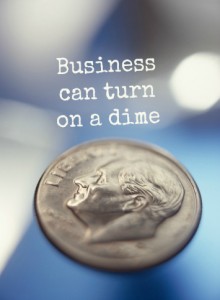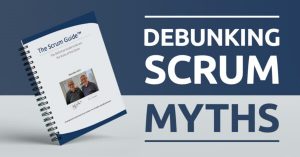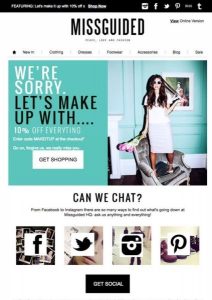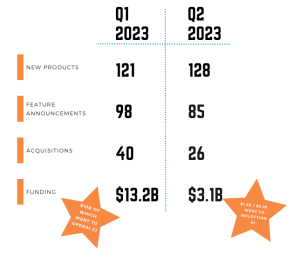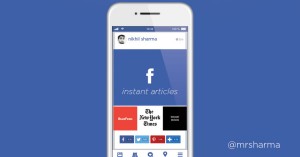Snap’s daily audience growth stopped its deceleration — barely — but its revenue slid from Q4’s mark.

Only two months old as a public company, Snap Inc. is already experiencing growing pains, except the pains are from not growing enough.
Yes, in the first quarter of 2017, Snapchat’s parent company did reverse the quarter-over-quarter daily audience growth deceleration it had suffered since Q3 2016, when Instagram copied Snapchat’s popular Stories feature. But only by a little.
Yes, in Q1 2017, 166 million people, on average, checked Snapchat every day, and those people, on average, spent more than 30 minutes using Snapchat a day, Snap CEO Evan Spiegel said during the company’s first-ever earnings call on Wednesday. That’s up from 25 to 30 minutes in Q4.
And yes, in Q1 2017, Snap’s revenue increased by 286 percent year over year to $149.6 million. Of that money, $129 million came from ads that Snap’s sales team sold, and $12.3 million was from ads that Discover publishers sold. The remaining $8.3 million in “other” revenue was “primarily driven by Spectacles,” said Snap CFO Drew Vollero, referring to the video-recording sunglasses that Snap started selling in November 2016 and started selling online in February 2017.
But the five-year-old app is already seeing sequential user growth slide to the single digits. And its two-year-old ad business has already experienced a quarter-over-quarter revenue decline.
Snap’s ad business should have started 2017 at a sprint after the momentum it built in 2016. While Snap initially rolled out its ad business in October 2014, it quickly reset that business in 2015, eliminating its original ad product and slowly inserting ads in places like Discover. It wasn’t until 2016 that Snap really opened up its advertising business by slotting ads between users’ Stories, making it easier for brands to buy its ads through an advertising API and adding more ad-targeting options to appeal to direct-response advertisers, who are typically willing to pay more per ad.
And yet Snap’s Q1 2017 revenue slid from the Q4 2016 mark. For an established advertising business like Google or Facebook, that’s to be expected. Advertisers spend a lot more money during Q4’s holiday season than at any other time of year, especially compared to the beginning of the year, when people are likely refilling their wallets from that holiday shopping and saving up for summer vacations. But this seasonality is already slowing down Snap, a quarter after lowering advertisers’ barrier to entry.
“This anticipated decline was primarily driven by the expected seasonality of advertising, which comprises the bulk of our revenues,” said Vollero. He also cited a lack of big events like the Olympics and the NFL and college football seasons as contributing factors; Twitter execs said something similar during their Q4 2016 earnings call, a year before the company’s revenue experienced its first annual decline.
Here is why that statement is weird to hear. It’s never been easier for brands to run ads on Snapchat. Not only is Snapchat putting ads in more places, making it easier for advertisers to buy its ads and making it more likely that its ads are reaching the right people, its primary ad format — the vertical video — has never been more prevalent. Vertical video is nowhere near as ubiquitous as traditional horizontal video, but Facebook, Instagram, YouTube and Twitter all support vertical video. And by the end of January 2017, both Facebook and Instagram started selling vertical video ads.
Despite all that, there’s reason to be bullish, or at least less bearish, about Snap’s prospects. For example, it only started selling ads programmatically in October 2016, and already that API accounted for more than 20 percent of the vertical video Snap Ads that Snap served in Q1. And those API-bought ads enable Snap “to make more money per impression,” said Spiegel. Then consider that Snap only started selling Sponsored Geofilters through the API last month and next month Snap will officially open up its self-serve ad-buying tool so that any brand can start buying its Snap Ads.
But none of that really matters if Snap isn’t able to offer many more eyeballs to the brands that are supposed to buy those ads, especially when compared to Instagram’s Snapchat clone that already offers advertisers a bigger audience.
Marketing Land – Internet Marketing News, Strategies & Tips
(46)


